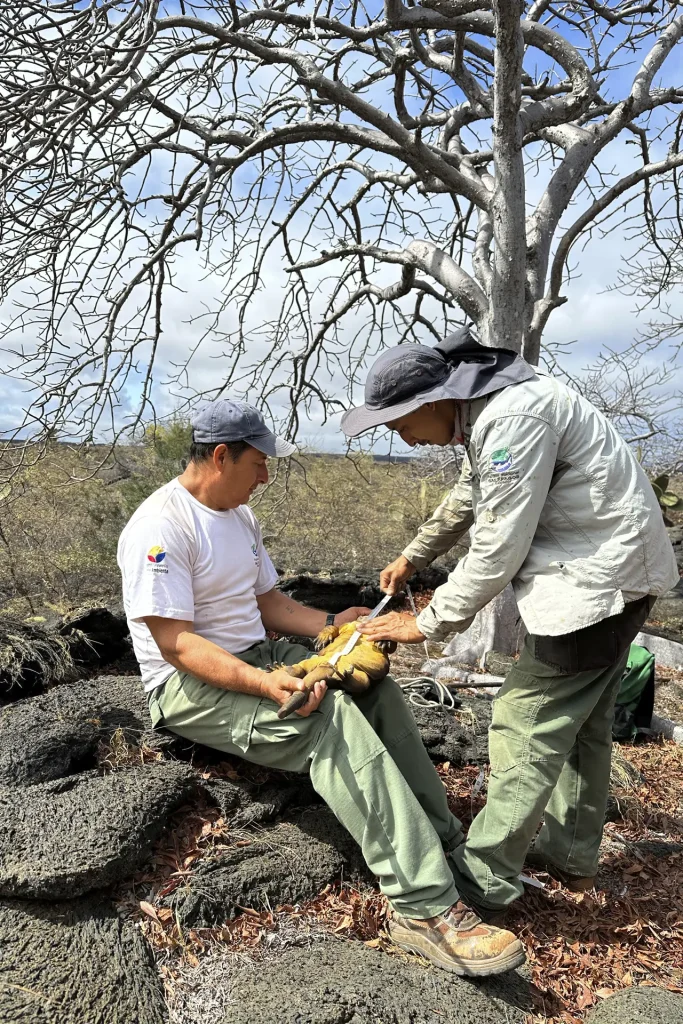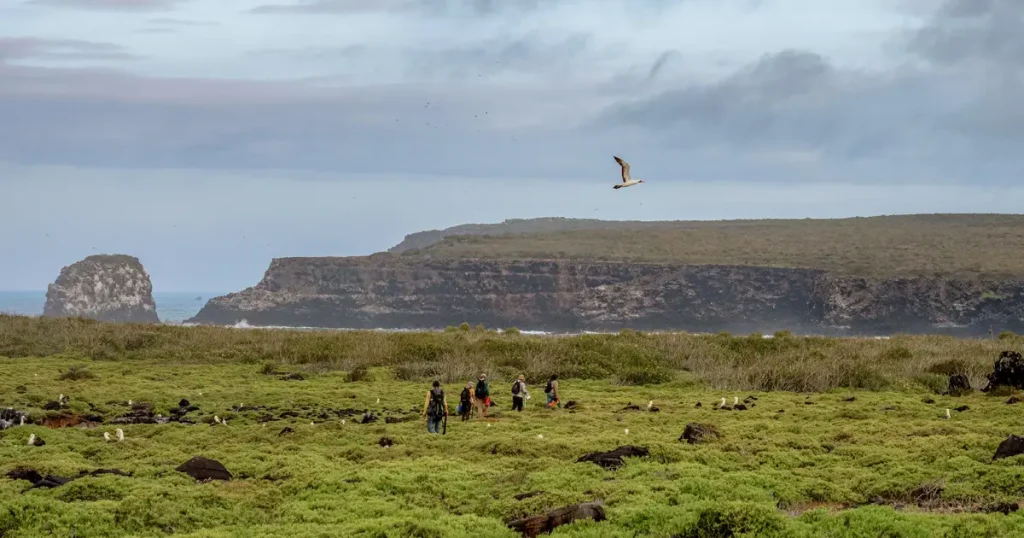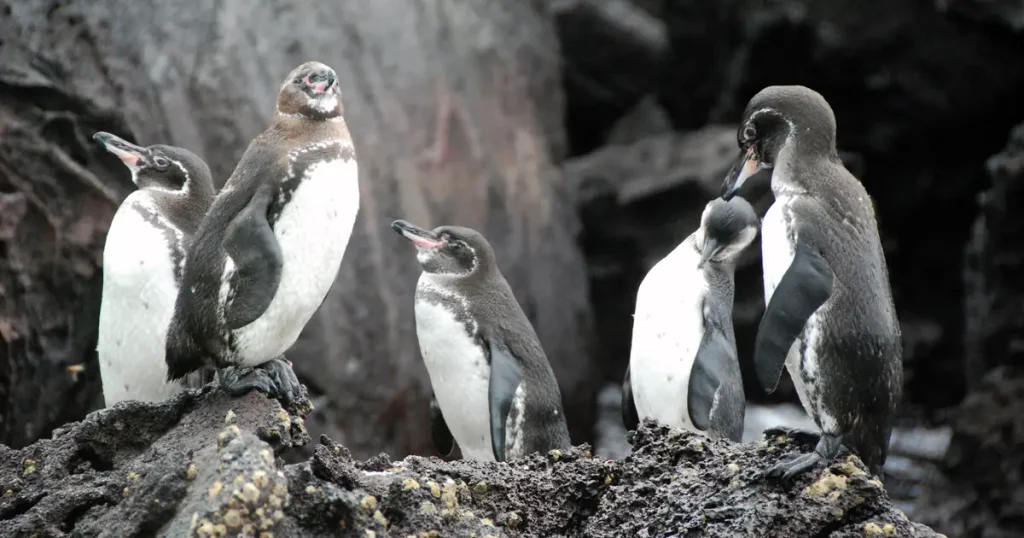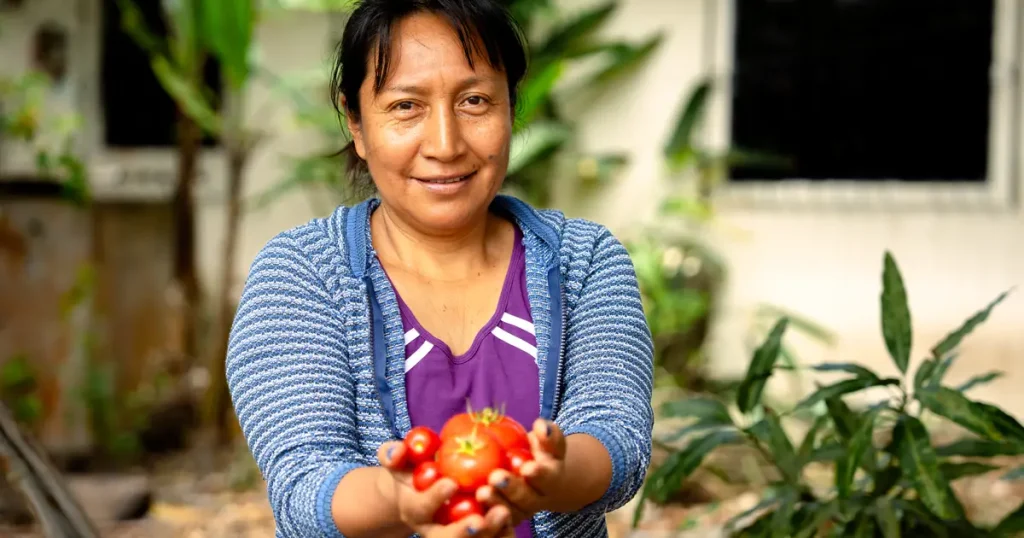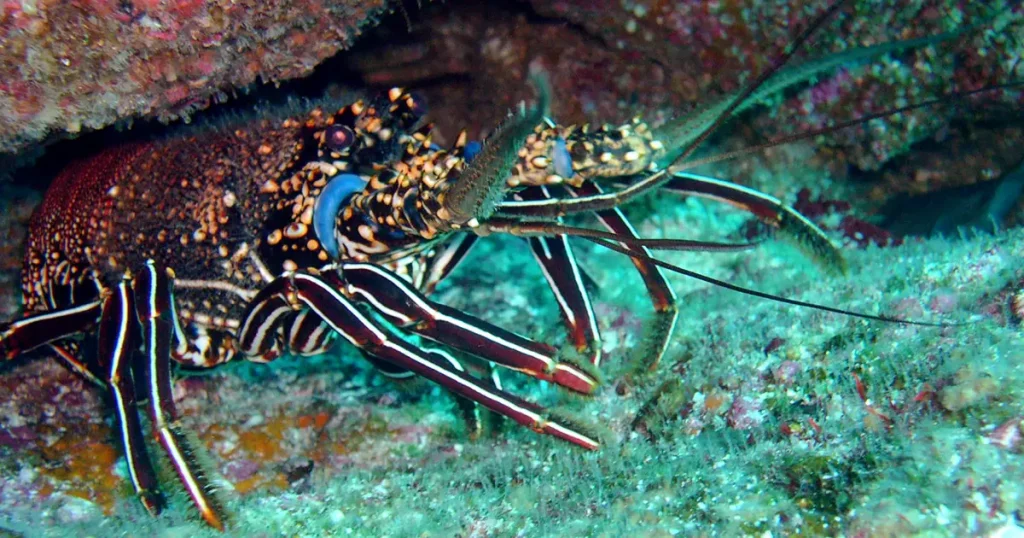Advances in the Conservation of the Yellow Land Iguana at Cartago Bay
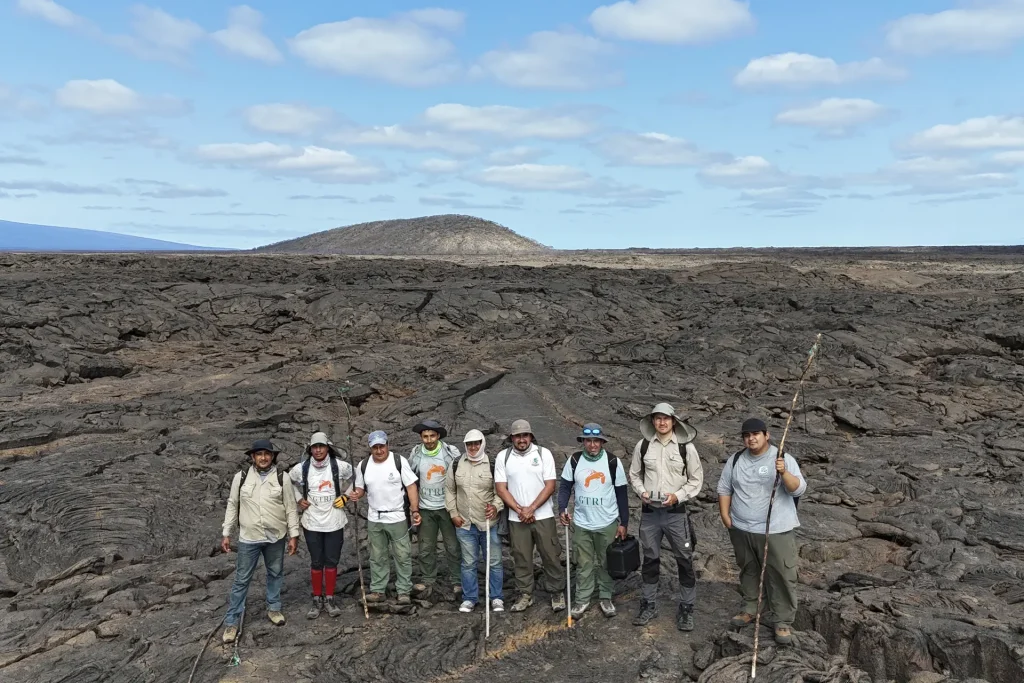
A team of Galápagos Conservancy experts and park rangers of the Galápagos National Park Directorate, led by Dr. Jorge Carrión of the Galápagos Conservancy, recently embarked on a pivotal mission to safeguard one of the few remaining wild populations of yellow land iguana (Conolophus subcristatus) in Galápagos. The team traveled to a remote, rugged, and rarely visited site on Isabela Island’s southeastern shore: Cartago Bay. There they spent eight days trudging across hot lava fields and over small, vegetated hills, searching for the elusive iguanas, capturing, measuring, and marking many of them while—collecting essential biological samples along the way. This population is one of the last in the wild on Isabela Island and had not been monitored in 20 years. What the team learned suggests hope for the recovery of this isolated population of endangered lizards.
Population Monitoring
During the expedition, the team captured 288 yellow land iguanas: 117 females and 171 males. These strong, feisty animals are a challenge to catch and even more so to hold. Regardless, the team was able to collect measurements of every iguana captured which has enabled piecing together of the population’s size, distribution pattern, and changes in the iguana’s conservation status.
Of the 288 individuals, 50% had never been tagged before, whereas the remaining 50% had previously fitted, subcutaneous identification devices. Remarkably, several of the iguanas recaptured in 2024 were part of a captive breeding program launched in the late 1970s. Given that these individuals were reintroduced as juveniles to Cartago Bay several decades ago, they would now be about 50-60 years old, suggesting some individuals have not just survived but thrived, highlighting the success of this reintroduction program.
Dr. Jorge Carrión noted that the monitoring effort produced an estimate of a current population of 600-700 individuals in Cartago Bay. “We also observed the positive effects of the removal of feral goats, which has allowed for recovery of the iguana’s habitat, resulting in more available food for the iguanas, generating strong growth and good survival,” he emphasized.
Biological Sample Collection
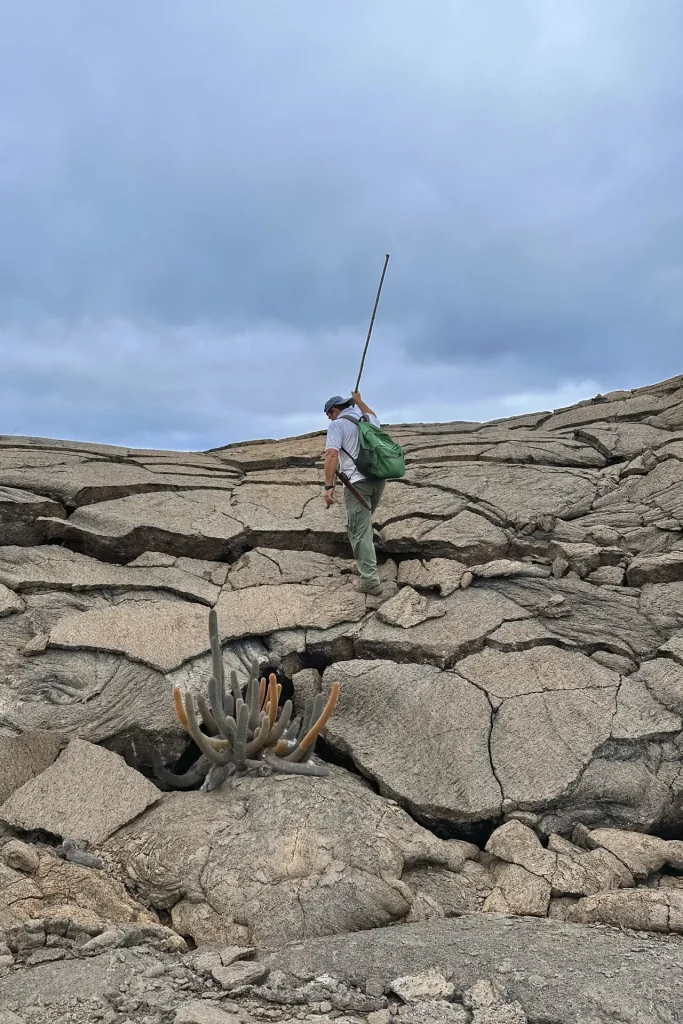
Another essential task carried out on the expedition was the collection of biological samples. Blood and feces from the iguanas were gathered and will soon be analyzed to provide insights into the genetic health of the population, the iguana’s diet, and the presence of any diseases. Gathering this information provides insights for developing effective protection strategies for this emblematic species both here at Cartago Bay and elsewhere in the archipelago.
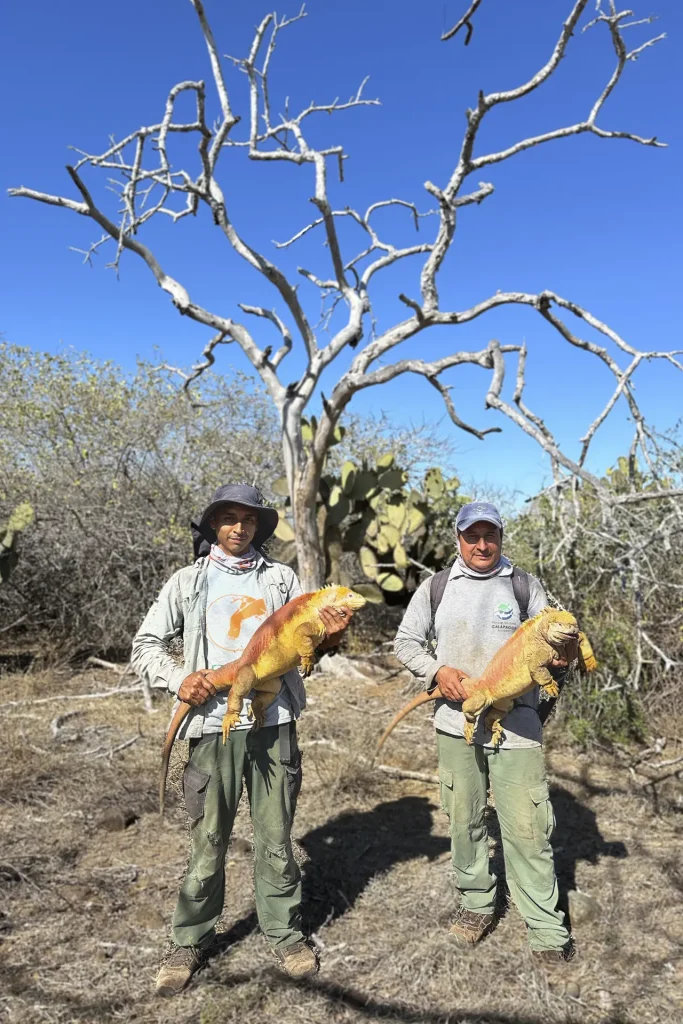
Recording Other Species of Interest
In addition to iguana monitoring, the team recorded the presence of other notable species in the area. Invasive species are of particular interest because they pose a significant threat to yellow land iguanas. While no invasive plant species were recorded during this expedition, the presence of feral cats was observed, posing one of the greatest threats to juvenile iguanas. This highlights the importance of continuing efforts to control invasive species.
Expedition Success
The expedition to Cartago Bay marked a significant milestone in the effort to conserve the yellow land iguana. Expedition activities —from population monitoring to biological sample collection—provide valuable information for developing a long-term conservation strategy for this species. The discovery of previously tagged individuals serves as a clear indicator of the success of the captive breeding program and ongoing efforts toward the reintroduction and re-establishment of young iguanas into the wild.
The team of scientists, technicians, and park rangers witnessed an ecosystem that is steadily recovering following the removal of feral goats, which has allowed for an increase in food resources for the iguanas. Dr. Carrión summed it up best: “We are seeing the fruits of decades of dedicated work to restore land iguanas in this critical area of Galápagos.”
This achievement is just the beginning. With every expedition, progress is made in protecting iconic species that are not only of interest to themselves but also vital to maintaining the ecosystems of the archipelago. Galápagos Conservancy reaffirms its commitment to advancing science and conservation, not only for the yellow land iguana but for all the species that make the Galápagos a global treasure.
